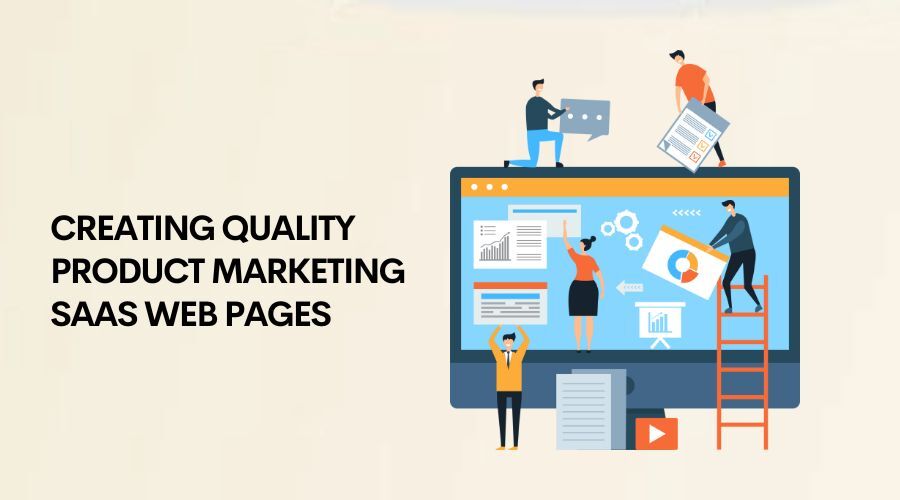One thing you have to know when it comes to creating quality product marketing SaaS web pages is that it’s not enough to have a SaaS website.
Any SaaS founder will tell you that creating landing pages designed for marketing is the key to success.
Otherwise, you won’t be able to increase your conversions and revenue if you don’t publish the right kind of landing pages.
If you’d like to create effective landing pages for your SaaS products but don’t know where to begin, we’ve got you covered.
In this post, we’ll show you all the best practices for creating quality landing pages.
More specifically, you’ll learn how SaaS marketing experts optimize their websites for better visibility and conversion.
Let’s start.
1. Define Your Target Audience
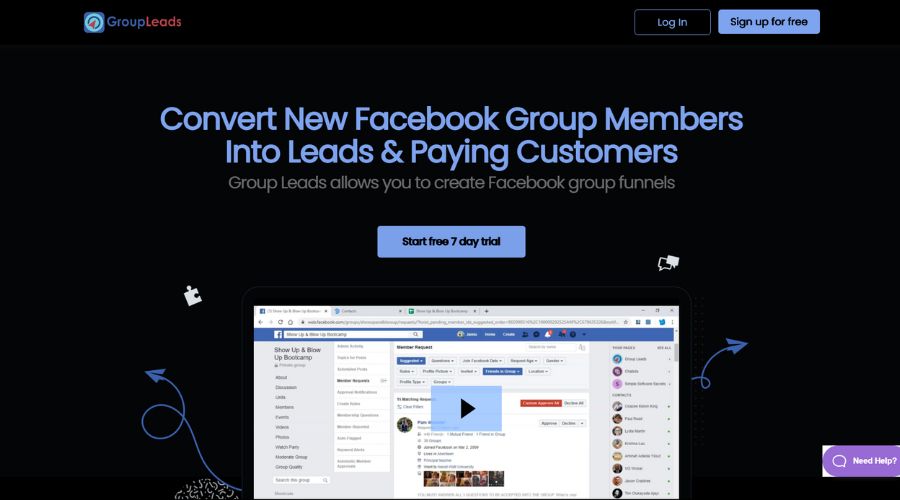
Having a defined target audience is important for any business, especially for SaaS companies.
After all, it gives your sales team an idea of how to design landing pages that would appeal to your target market.
When you know your target audience, you can understand their fears, needs, and interests and use that knowledge to craft a message that would resonate better with them.
Once you have an idea of which market you want to go after, you’ll be able to attract only those who are interested in what you have to offer.
Having a target audience in mind also helps you with software development since you’ll know what site features and content they want.
In simpler terms, you want your landing pages to appeal to the right people.
To this end, you need to focus your marketing efforts toward businesses that will benefit most from your product.
How do you identify your target audience?
There are several ways you can find the right SaaS users for your business.
You can identify potential customers by the industry they’re in. You can do this by finding niches that would benefit the most from your services.
On the other hand, there are also SaaS companies that create a user persona or a fictional representation of their ideal customer.
They use factors like a user’s educational attainment, personality, work, and pain points to figure out who their target audience is.
You can also filter out companies by their size. If your product is a better fit for smaller companies, it only makes sense to direct your micro-SaaS marketing strategy toward that group.
Don’t forget to consider geographic location when determining your target audience.
2. Craft Compelling Headlines and Subheadings
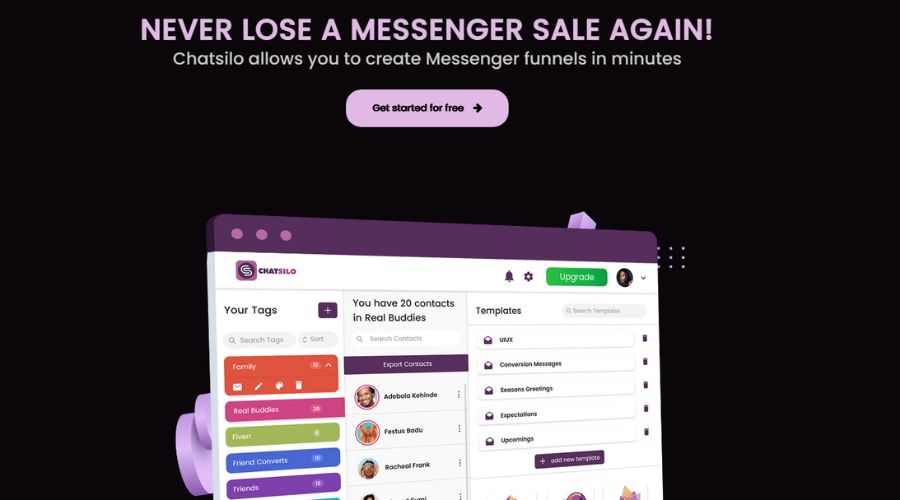
When creating new landing pages for your website, you should take some time to think about the headlines and subheadings you’ll use.
This is because headlines (aka headings) and subheadings do more than just help readers digest the content of a landing page.
You use both of them to grab and maintain the attention of your site visitors. These parts make them want to continue scrolling and take in more information.
It’s also wise to use headings and subheadings to communicate what your product can do to help customers.
Use it to highlight features that make your product better than what your competitor has to offer.
With the right headings and subheadings, you can set a reader’s expectations.
You can even hint at what they’re supposed to take away after reading your content.
Most of all, you can take advantage of headings and subheadings to optimize your landing pages for search engines.
Inserting specific keywords can help you rank for the most relevant search terms for your category.
We’ll discuss more about optimizing pages for search engines later when we discuss SEO.
How do you craft effective headings and subheadings?
There are some things you can try to make your headings and subheadings more compelling.
One of the simplest things you can do is to keep them simple. This means writing titles in a straightforward manner.
Don’t overcomplicate terms and stop yourself from using language and expressions most people won’t understand.
Another thing to keep in mind is to focus on its perks when talking about your product.
Since headings and subheadings should be concise, only mention perks that your target audience would care about the most.
Other strategies include phrasing titles as questions, using power words, and writing in an active voice.
3. Use High-Quality Visuals
Reading a wall of text isn’t fun for anyone. If you want your landing pages to stand out, you’ll need visuals.
Visual aids like photos, screenshots, GIFs, and videos make it easier for site visitors to read a post all the way to the end.
This is because they break down pages into sections organically.
This gives readers time to digest all the information they just read before jumping to the next section.
As far as content marketing goes, visuals also let you explain things that are hard to express in words.
For example, video works best if you’re trying to show how fast your product works.
There’s also a reason why adding images on top of a post is a normal content marketing strategy.
A high-quality image hooks people right from the start.
In some cases, your visuals can even differentiate you from competitors when you use them as fantastic branding tools for SaaS companies.
In short: having visuals on your landing pages creates engagement and lets you explain your products in greater detail.
How do you choose the right visuals for landing pages?
The best way would be to create your own. If you have the resources for it, you can have a team create website assets specifically for your landing pages.
The reason why you want to make your own visuals is so that you don’t get into legal issues by using copyrighted materials.
It also ensures that all your photos and videos are consistent with your branding.
One trick you can use is to use screenshots of your product. This comes in handy when posting product demos or tutorials.
Not only are you posting helpful visuals for potential clients, but you’re also posting original materials.
Nobody will go after you for posting screenshots of your product.
4. Write Clear and Concise Copy
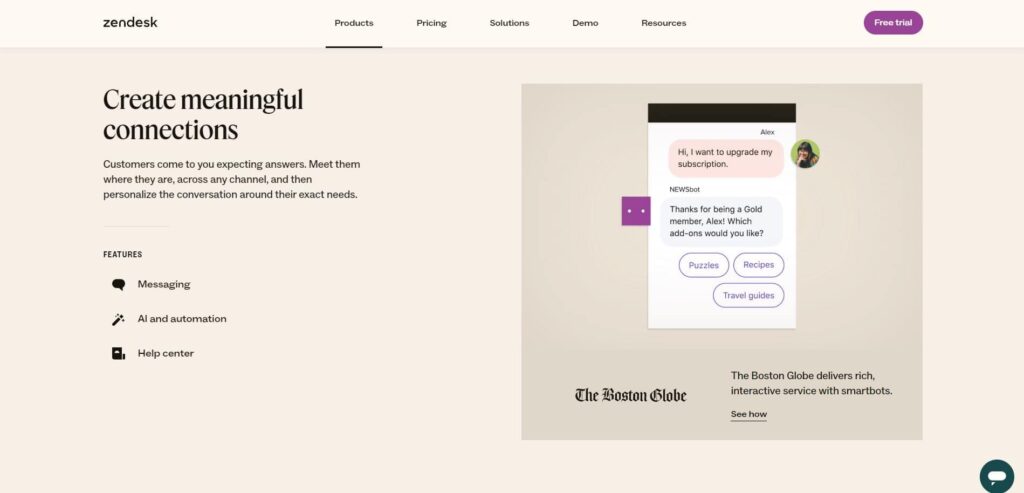
You might think that product landing pages should contain as much information about the product as possible.
However, experienced SaaS marketers will actually tell you that landing page copy should be clear and concise.
This is because the SaaS industry knows that its customers are out there already looking for a solution.
When you have long landing pages, it makes it more difficult for your potential users to find the information they need.
Instead, what you want is to sell them on your product as quickly as possible. Consequently, you need to get to the point.
How do you write effective copy?
Now is not the time to use flowery language nor jargon. Instead, be sure to write in a way that everybody would understand.
If you have to use technical terms, make sure that you explain them first so that readers can follow along.
Try to keep your copy’s readability level as low as possible. There are online blog writing tools you can use to check that.
It’s also a good idea to break up your copy.
Many readers today are likely going to be mobile users, so a short paragraph on a web browser could look like a wall of text on mobile devices.
More than that, as a SaaS company, you’ll want to talk more about the benefits of your product. So, focus on what you can do for customers.
Your unique value proposition (UVP) tells readers what sets your product apart from the competition.
5. Highlight Your Unique Value Proposition
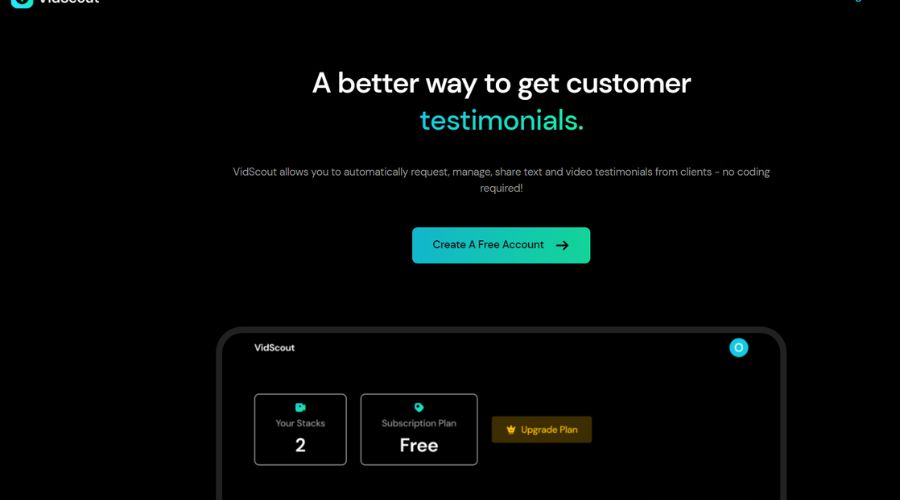
Thus, you better do a great job at highlighting it on your landing pages.
By stating what makes your product special, you can get a competitive edge over other players in the market.
This makes it clear to readers why they should choose you over other SaaS products.
It also makes it known to people what your product sets out to do.
SaaS companies with a strong UVP typically get more engagement and conversions.
So not only is it important to get your unique value proposition across, but you have to make sure it resonates with readers as well.
How do you identify your UVP?
Knowing who your competitors are and what they can do will tell you how to position yourself in the market.
Go over their websites, customer reviews, and marketing materials. These can be a good source of answers.
When you have enough information, you’ll have a better idea of what sets you apart.
Even if your products do the same thing, there are ways to differentiate yourself.
Is your software more affordable? Can it do tasks faster? Do you launch updates more frequently?
There has to be something that makes you stand out.
You also need to understand what frustrates your core demographic the most. That way, you’ll know which value proposition to focus on.
Remember as well that you can always update your UVP if the first one you highlight isn’t working out so well.
Testing UVPs is part of developing SaaS marketing strategies.
6. Use Social Proof
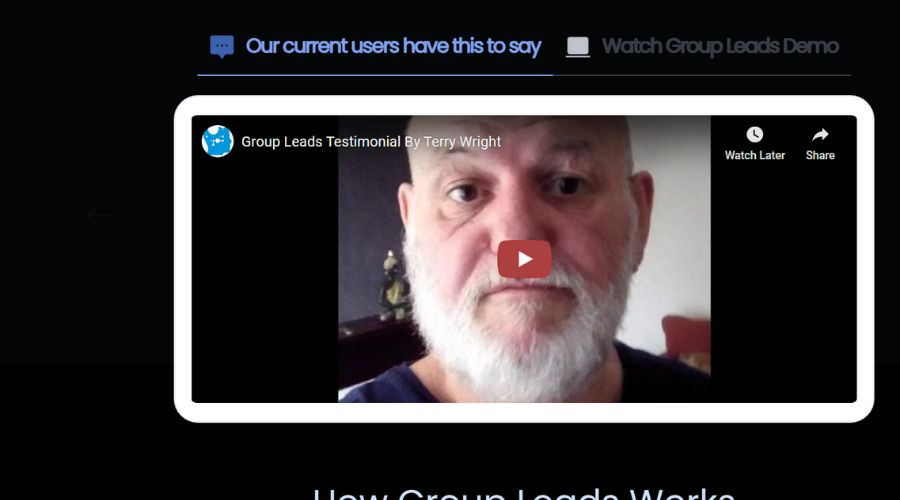
If you’re selling a SaaS product, you’ll need to show social proof on your landing pages.
This is because you need to prove to potential clients that your SaaS product works.
For the unfamiliar, social proof refers to the showcase of evidence that proves the value of a product to visitors.
These include testimonials, reviews, customer success stories, and case studies.
In addition to helping with customer acquisition, it also helps with customer retention as well.
If people see how much customers love your product, they’ll have one more compelling reason to give it a try.
At the very least, having social proof eases the minds of potential customers and shows the world that you’re the real deal.
The most important thing is to use genuine customer reviews and testimonials.
You can’t use fake ones. Otherwise, it will backfire one way or another.
You also want to feature diverse examples.
Go across multiple demographics and have reviews from different customer types and use cases.
This way, there’s a higher chance that a customer would be able to relate to one of them.
Find testimonials that show how the customer used your product to improve their work or business. Try to showcase as many scenarios as possible too.
Social media platforms are a good source of reviews and testimonials.
Visual cues like star ratings or icons can also help.
7. Optimize for SEO
Search engine optimization (SEO) should be at the core of any SaaS marketing strategy.
This is because optimizing your landing pages increases your chances of ranking for the most relevant search terms that your competitors don’t have a presence in.
It’s also helpful for determining which direction to take your content marketing team.
How do you optimize landing pages for search engines?
SEO is a deep topic that you could spend days or weeks researching. But you should definitely start with keyword research and link building.
Keyword research
Keyword research refers to finding words and phrases that your target customers use to look for information online.
There are free tools you can use, like Google’s Keyword Planner. But that’s only good up until a certain point.
You’ll want to switch to a paid solution like Semrush or Ahrefs after you’ve exhausted the Keyword Planner tool.
Find keywords with high volume and low competition. These will give you the best chances of ranking on search engines.
The idea is to spread all these keywords throughout your landing pages.
Don’t overdo it, though. Make sure these keyword placements still sound organic when read.
Link building
Apart from researching keywords, you’ll also want to get as many inbound links (aka backlinks) as you can.
Getting inbound links refers to site traffic coming from third-party sites.
For example, if a news site has a link pointing to one of your landing pages, that counts as a backlink.
The more backlinks you have, the more Google trusts you as a reliable source of information, and the higher you can potentially rank in search results.
You don’t want backlinks from dubious sites, though. Backlinks from sites linked to gambling, for instance, don’t give as much value.
There are different tactics that marketers use to get high-quality backlinks. These include guest posting and broken link building.
Site speed
Google also likes it when sites load fast. To this end, you need to reduce the file size of images and videos on your site to make them load quickly.
You can also minimize HTTP requests and enable browser caching.
If you need help with this, you can ask your website designers. They should know what to do.
8. Make Reaching Out to You Much Easier
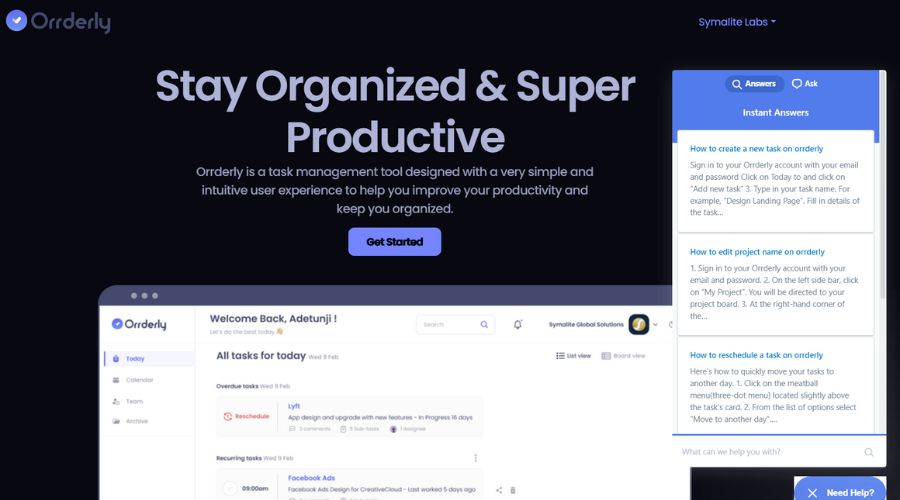
Site visitors that aren’t familiar with your product might want to get in touch with you for more details.
That’s why it’s important to offer as many ways of contacting you as possible.
Having a dedicated page with all your contact information is a good first step, but you should go beyond that.
For example, you can have a chatbot feature enabled on every landing page so that interested users can ask questions right away.
You should also have a knowledge base where you can post articles about your product and how-to guides and other resources people can use for product research.
Make the most out of your landing page footer as well. There, you can add links to your social media accounts should people want to reach out to you through those channels.
Final Thoughts on Creating Quality Product Marketing SaaS Web Pages
Clearly, it’s vital that SaaS marketers create solid landing pages. Without optimized landing pages, a SaaS business will have a harder time converting users and increasing sales.
If you need more help, consider working with a marketing agency like Symalite Labs.
We help aspiring SaaS and micro-SaaS founders market and develop their own software. Our portfolio includes Group Leads, Chatsilo, Orrderly, and Vidscout.

